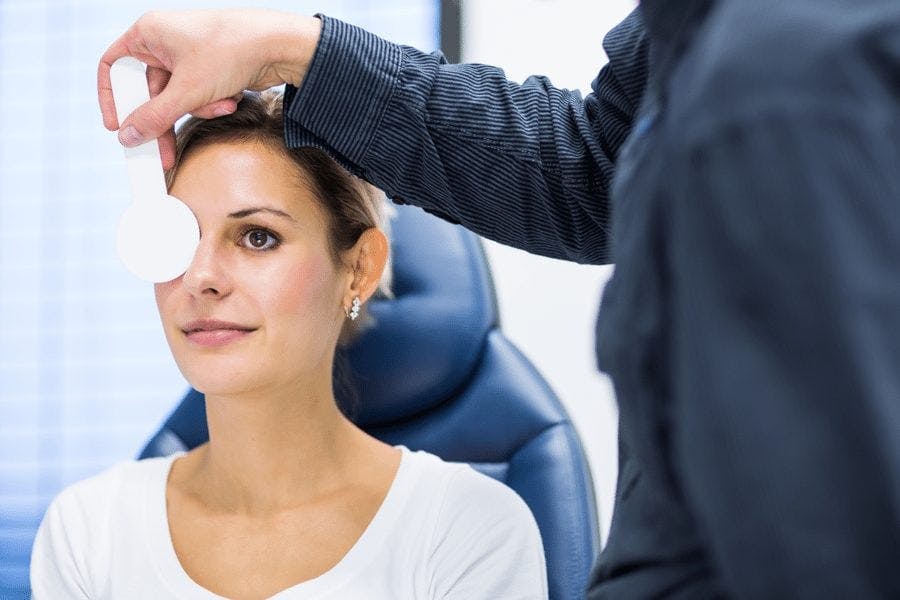
2024-07-12T16:54:51
Sunscreen Travel Tips
- Dermatology
January 4, 2017 | Ophthalmology

There are few parts of the human body more amazing than our eyes. We often take them for granted, but these tiny cameras spend every day processing millions of pieces of information at lightning-fast speeds – and turns them into the simple images we see almost instantly.
In reality, this process is anything but simple. The eye has several distinct parts, each of which has specific responsibilities that work together like a machine.
How exactly does this process work, and what are the major parts of the eyeball involved in creating vision? Let’s find out.
The eyeball is just like a camera. In fact, within the scientific community, human eyes are part of a classification known as “camera-type eyes.” And just like a camera, it can’t function without the presence of light.
As light hits the eyes, it’s focused by the eye in a way similar to a camera lens. This process allows the images we see to appear clear and sharp rather than blurry.
There are specific parts of the eye that make this focusing process possible. Each beam of light that hits the eye goes through a series of steps:
When light reaches the center of the eye, it’s ready to be processed. It first passes through another layer of moisture, called the vitreous, or vitreous humor. After that, it reaches the final stop in the process: The retina.
The retina is the back of the eye. If the lens in your eye is most like a camera, the retina is most like its film – this is where the final product is projected. The retina has several parts:
Once the photoreceptors have converted light into an electronic signal, they send a signal to the brain’s visual command center and you have vision. It’s amazing what even small parts of our bodies can do.
“Vision Basics: How Does Your Eye Work?” WebMD. http://www.webmd.com/eye-health/amazing-human-eye
“How the Human Eye Works.” LiveScience. http://www.livescience.com/3919-human-eye-works.html
WRITTEN BY:
The Live Better Team


2024-07-12T16:54:51

2024-07-02T11:42:04

2024-07-01T13:49:28

2024-06-21T14:29:51
This information is not intended to replace the advice of a medical professional. You should always consult your doctor before making decisions about your health.